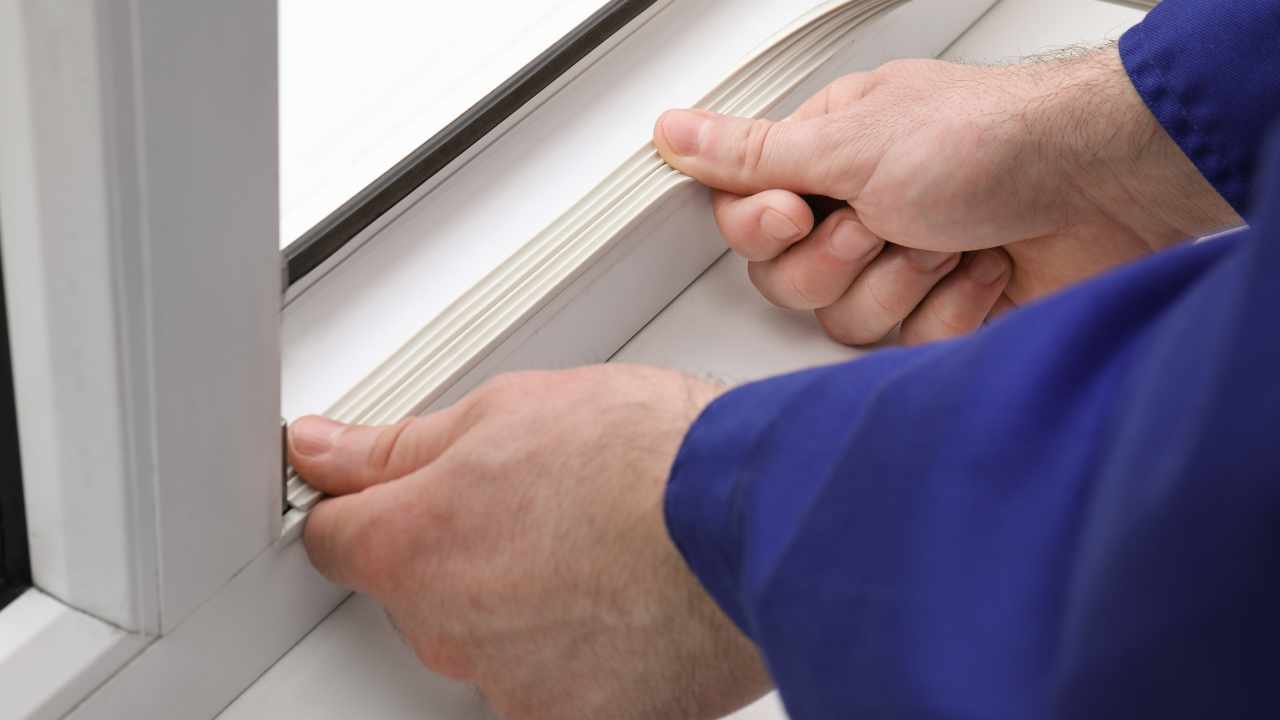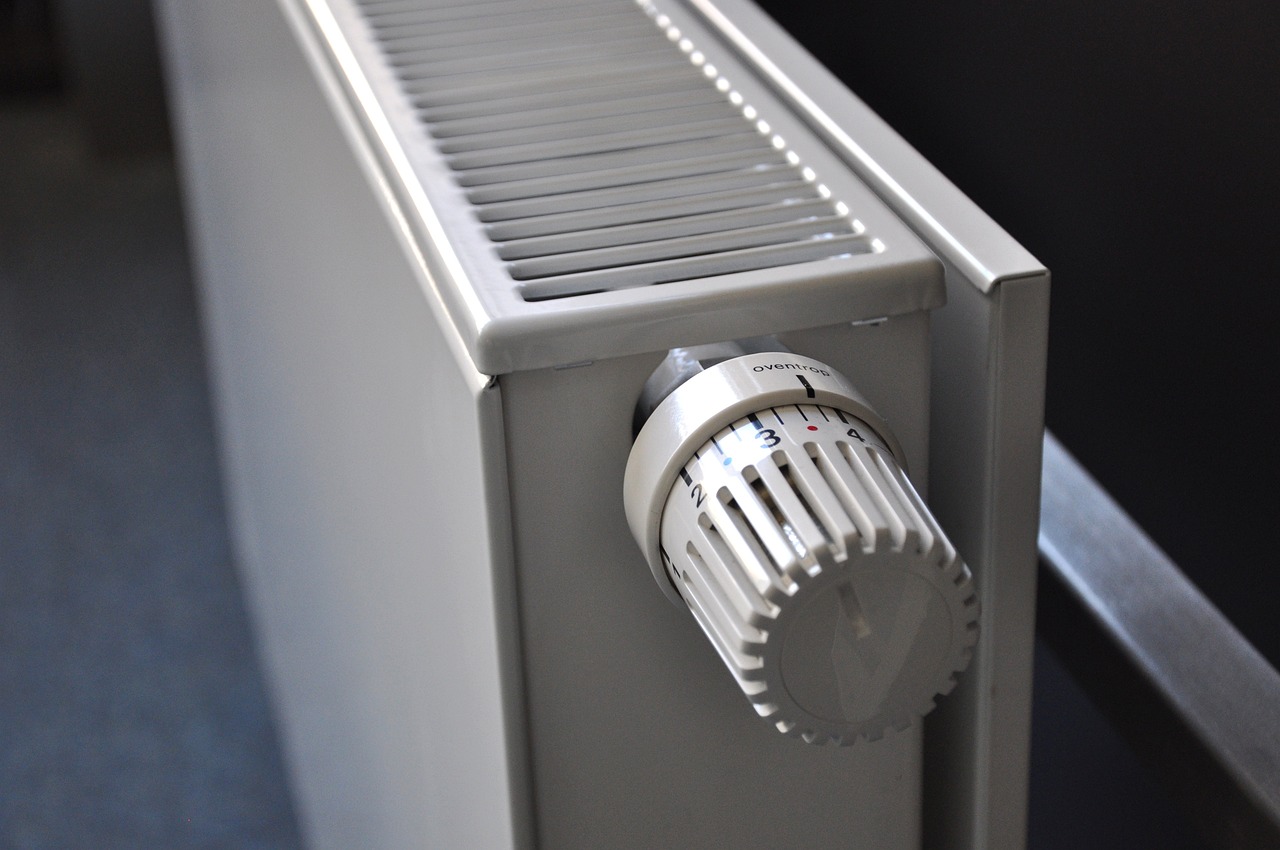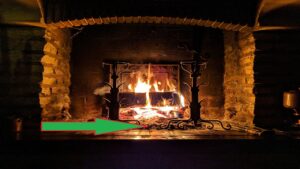All the Tricks for Insulating Your Home in the Winter Months
We will not reach the peaks of last year when families worldwide had to spend a fortune. However, even in the coming winter, the gas bill will be pretty high. To limit the impact of high gas bills during the upcoming winter, adopting a few measures for insulating the house can be beneficial. Contrary to common belief, only a few precautions are needed.
How to insulate your home during the winter season

Many energy-saving measures boil down to simple common sense. For example, keeping radiators off in little-used rooms with closed doors is wise. Opening doors and windows exposed to sunlight during the day and closing them at sunset helps retain heat.

Heavy carpets with insulating properties, like Persian rugs, can be beneficial when considering various options. Additionally, protecting films, readily available in the market, offer another option. While less costly than replacing old windows with double or triple-glazed ones, this solution still provides decent benefits.
Thermal curtains are designed with the specific purpose of minimizing heat loss during winter and shielding against high temperatures in the summer. Additionally, they offer the advantage of reducing external noise and providing greater privacy.

If you have a reasonable budget, adjustable thermostats are available. These devices enable you to control them directly from your smartphone by downloading the corresponding app onto the device.
Here are the ten good rules for insulating your home during the winter:
- Close the doors of less-used rooms
- Insulating films
- Seal doors and windows
- Reflective panels between the wall and the radiator
- Thermal insulation
- Heavy carpets (for example, Persian ones)
- Thermal curtains
- Programmable thermostats
- Regular maintenance of the boiler and other heating systems
- Open the curtains and shutters of rooms exposed to the sun during the day





